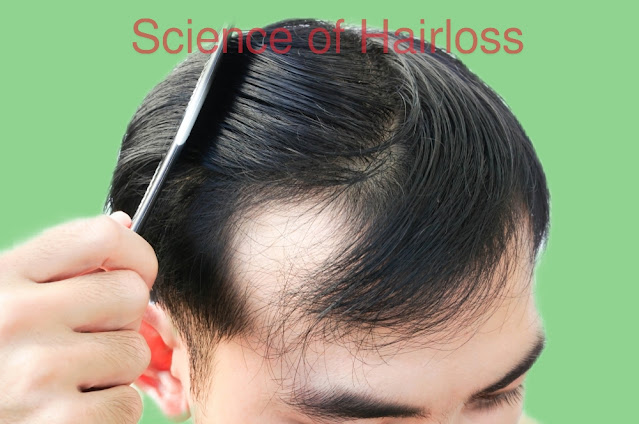Male Pattern Hair Loss: A Comprehensive Guide
Male pattern hair loss, also known as androgenetic alopecia, is the most common type of hair loss in men. It affects millions of men worldwide, often beginning in the late teens or early twenties, and can progress gradually over decades. While it doesn't pose any health risks, it can have a significant impact on a man's self-confidence and well-being.
Causes of Male Pattern Hair Loss:
- Genetics: The primary culprit is heredity. If your father or grandfather experienced hair loss, you have a higher chance of developing it yourself. Specific genes influence how sensitive your hair follicles are to the hormone dihydrotestosterone (DHT).
Symptoms of Male Pattern Hair Loss:
- Receding hairline: This is the most common symptom, with the hairline gradually receding at the temples, forming an M-shape.
- Thinning hair on the crown: Hair loss on the top of the head, often starting as a small bald spot that enlarges over time.
- Diffuse thinning: Gradual thinning of hair overall, making the scalp more visible.
The Hamilton-Norwood scale categorizes male pattern hair loss into seven stages, ranging from minimal thinning to complete baldness. Early stages can be difficult to notice, while later stages are more apparent.
Treatments for Male Pattern Hair Loss:
- Medications: Minoxidil and finasteride are the only FDA-approved medications for male pattern hair loss. Minoxidil applied topically stimulates hair growth, while finasteride taken orally blocks the conversion of testosterone to DHT. Both medications require consistent use and may take several months to show results.
- Hair transplantation: This surgical procedure involves transplanting hair follicles from areas of the scalp with dense hair growth to bald areas. It can be effective, but it's a costly and invasive procedure.
- Low-level laser therapy: This treatment uses low-energy laser light to stimulate hair follicles and promote hair growth. Its effectiveness is still being studied, but it may be a helpful option for some men.
Living with Male Pattern Hair Loss:
- Focus on self-acceptance: Hair loss is a natural part of aging for many men. Accepting it and focusing on other positive aspects of your appearance can boost your self-esteem.
- Explore hairstyling options: There are many hairstyles that can be flattering for men with hair loss. Consult a hairstylist for tips on choosing a style that suits your face shape and hair type.
- Consider hairpieces or wigs: If hair loss is causing significant distress, hairpieces or wigs can offer a way to restore your confidence.
- Seek support: Talk to friends, family, or a therapist about how hair loss is affecting you. Sharing your feelings and experiences can be helpful in coping with this common challenge.







0 Comments